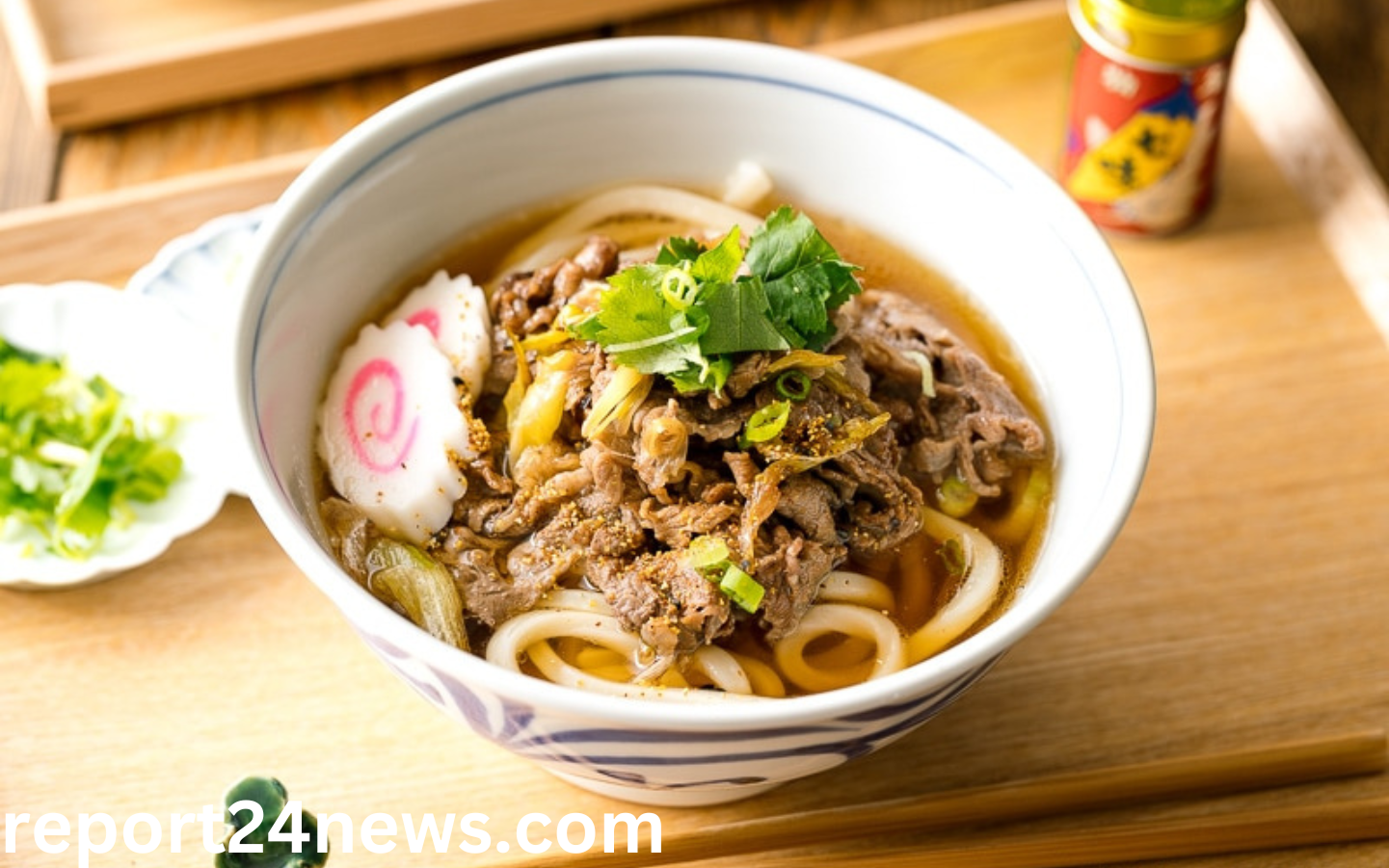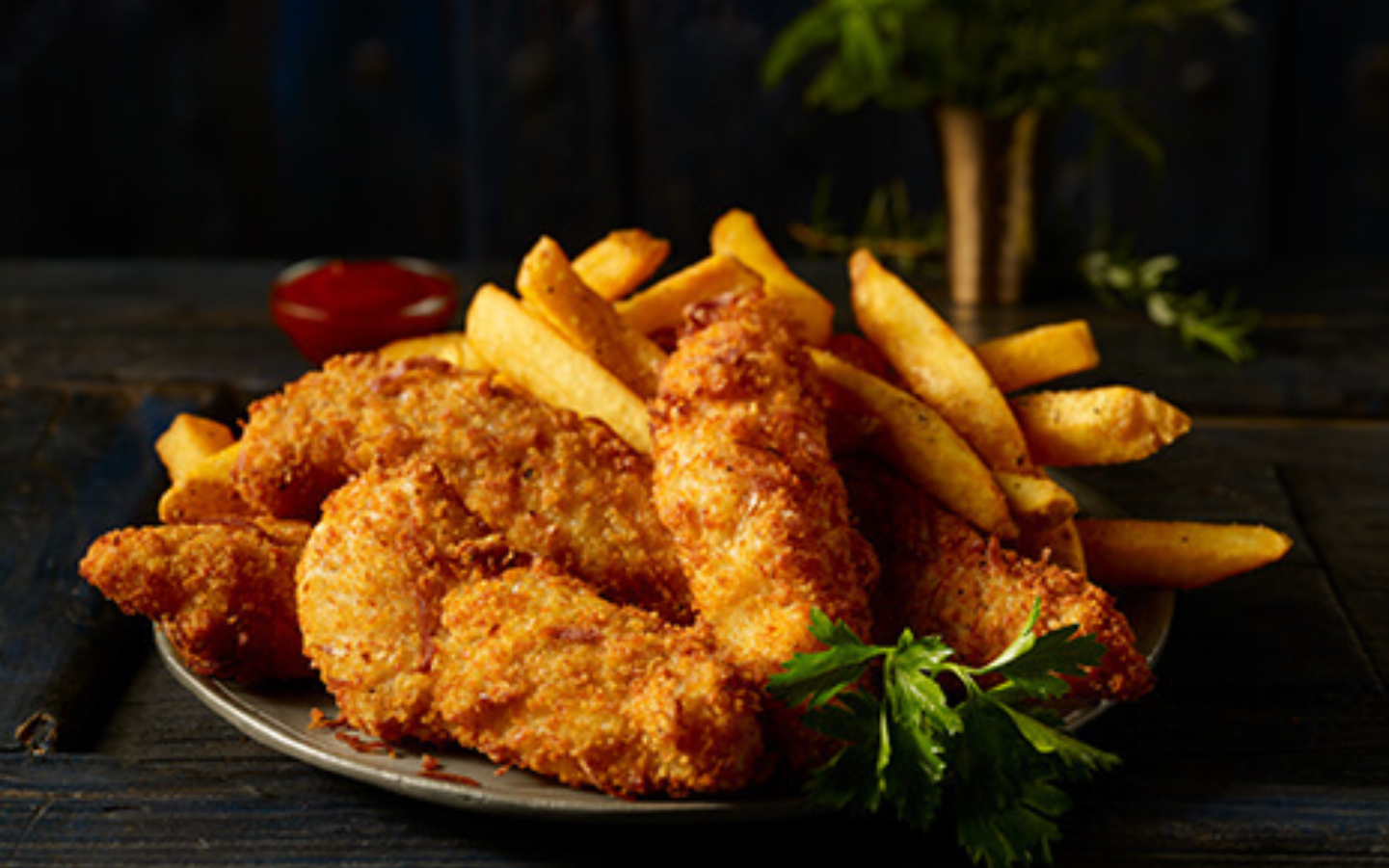Introduction to Udon Noodles
If you’ve ever slurped down a warm bowl of udon noodles, you know just how comforting and satisfying they can be. These thick, chewy strands are not only delicious but also versatile. Whether served in a savory broth or stir-fried with fresh vegetables, udon noodles have earned their place as a beloved staple in Japanese cuisine and beyond. But what’s the story behind these delightful noodles? From their rich history to the various types available today, there’s so much more to discover about udon than meets the eye. Join us on this culinary journey as we explore everything you need to know about udon noodles!
Read more Udon Noodles 101: History, Varieties, and Cooking Tips You Need to Know
A Brief History of Udon Noodles
Udon noodles have a rich history that dates back to ancient Japan. They are believed to have originated in the 9th century, possibly introduced by Chinese travelers or merchants. Initially, these thick wheat noodles were known as “sanuki udon,” named after Kagawa Prefecture.
During the Edo period (1603-1868), udon gained popularity among common people and samurai alike. Street vendors began selling bowls of this hearty dish, making it accessible to all classes.
As time passed, different regional variations emerged across Japan. Each area developed its unique twist on flavor and preparation methods.
Today, udon has transcended cultural boundaries and is enjoyed worldwide. From traditional Japanese restaurants to trendy fusion eateries, these versatile noodles continue to capture hearts—and taste buds—everywhere they go.
Different Types of Udon Noodles
Udon noodles come in various styles, each offering a unique texture and flavor. The most common type is the thick, chewy udon. This classic version is made from wheat flour and water, creating a satisfying bite.
Then there’s sanuki udon, originating from Kagawa Prefecture. Known for its firm texture, it pairs beautifully with rich broths or tempura toppings.
Another variety is yaki udon. These stir-fried noodles are often tossed with vegetables and proteins for a hearty meal that bursts with flavor.
For something different, try inaniwa udon. Thinner than traditional types, this delicacy hails from Akita Prefecture and typically has a slightly smoother surface.
Each type of udon brings its own character to dishes. Whether you’re slurping them in soup or savoring them stir-fried, there’s always an exciting option waiting to be enjoyed!
How to Cook Udon Noodles Perfectly
Cooking udon noodles perfectly is all about timing and technique. Start by bringing a large pot of water to a rolling boil. The key here is not to rush; use plenty of water so the noodles can move freely.
Once boiling, add your udon noodles. Fresh noodles typically take 2-3 minutes, while dried ones may need around 8-10 minutes. Stir gently to prevent sticking.
To check for doneness, taste a noodle just before the time is up. It should be tender but still have a slight chew—this texture is known as “al dente.”
When they’re ready, drain them immediately in cold water to halt further cooking and rinse away excess starch. This step ensures that your udon remains separate and doesn’t clump together.
After draining, you can toss them with a little sesame oil or serve them directly in your favorite broth or sauce for an authentic experience.
Popular Udon Dishes from Around the World
Udon noodles have traveled far beyond their Japanese roots, inspiring a variety of delicious dishes globally.
In Korea, you might find udon in the form of “jajangmyeon.” This dish features thick, chewy noodles topped with a savory black bean sauce and vegetables. It’s hearty and satisfying.
Across Southeast Asia, chefs blend local flavors into udon stir-fries. Ingredients like shrimp, bell peppers, and spicy sauces create vibrant meals that burst with flavor.
Italian cuisine has also embraced these noodles through fusion dishes. Udon pasta paired with rich tomato sauce or creamy Alfredo offers an unexpected twist on traditional recipes.
Even vegan enthusiasts love to experiment! They prepare vegan udon soups loaded with fresh greens and mushrooms for a wholesome option that doesn’t skimp on taste.
With each region adding its twist, udon continues to be celebrated worldwide in creative ways.
Health Benefits of Eating Udon Noodles
Udon noodles offer a delightful blend of taste and nutrition. Made primarily from wheat flour, they are a good source of carbohydrates, providing energy to fuel your day.
These noodles are low in fat and cholesterol-free, making them a heart-healthy choice. Plus, the fiber content helps promote digestive health by keeping things moving smoothly.
For those with dietary restrictions, udon can sometimes be found in gluten-free varieties using alternative flours like rice or buckwheat. This ensures that more people can enjoy their scrumptious texture without compromise.
Additionally, when paired with vegetables and lean proteins in dishes like stir-fries or soups, udon becomes part of a balanced meal rich in vitamins and minerals. Adding fresh ingredients boosts its nutritional value while enhancing flavor profiles to suit any palate.
Tips for Choosing and Storing Udon Noodles
When it comes to choosing udon noodles, freshness is key. Look for noodles that are made from high-quality wheat flour and water. Fresh or frozen varieties often offer the best flavor and texture.
If you opt for dried udon noodles, check the packaging for authenticity. Authentic Japanese brands usually yield a superior taste and chewiness compared to generic options.
Storage matters too. Keep your dry udon in a cool, dark place away from moisture. This helps maintain its quality longer.
For fresh or frozen noodles, refrigerate them if you’re not using them immediately. They can also be kept in an airtight container to prevent drying out.
Always pay attention to expiration dates as well! Using older pasta may lead to inconsistent results when cooking your favorite dishes with these delightful noodles.
Conclusion
Udon noodles are a delightful and versatile ingredient that can elevate any meal. With their rich history, diverse varieties, and delicious health benefits, they have something to offer everyone. Whether you’re preparing a comforting bowl of udon soup or experimenting with creative dishes from around the globe, these noodles provide endless culinary possibilities.
As you explore the world of udon noodles, remember to pay attention to cooking techniques and pairing them with complementary ingredients. This will enhance your dining experience while keeping it healthy and satisfying. Choosing high-quality noodles will also make a significant difference in taste and texture.
So why not incorporate udon into your next meal? Your taste buds might just thank you for it!




